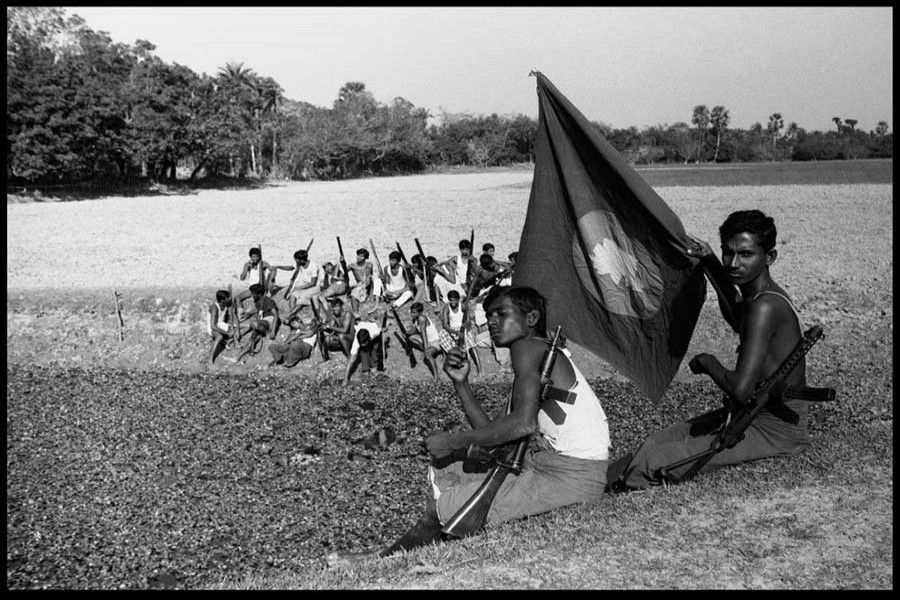The recent death of yet another Language Movement hero in Sherpur district may prompt many youths to repeat the question: How many people took part in the historic 1952 movement for Bangla language in the erstwhile East Pakistan? In reply to their query, veterans and the elderly come up with a brief answer --- hundreds and thousands. Elaborating, they can tell the youths that the movement was not limited to over a dozen student leaders at the then Dhaka University and other fiery young men and women. In fact, every youth or adolescent who directly participated in the meetings, rallies and processions in the month of February 1952 was a Language Movement hero. The movement had flared up throughout the length and breadth of East Pakistan, at all the educational institutions and even remote village schools.
According to historians, the school students in the then province in 1952 played a significant role in spearheading the Language Movement. On this count, the adolescent school students in 1952 are now supposed to be in their 80s and above. The Language Movement veteran in Sherpur died at 87, which means he was 20 during the movement.
The large rally on the old Dhaka University campus and the procession in small groups along the adjacent road on 21st February included both students and commoners. Apart from the movement leaders of the university, the events on the day included students of different age-groups at colleges and schools. In course of time, the 21st February movement emerged as a great force without a face. Of course there were firebrand leaders and activists in charge of steering the protest march. In reality, these individual faces eventually merged into one. That face became the one of countless young demonstrators who included the language martyrs; the debate on their actual numbers is not yet over.
The Language Movement hero from Sherpur --- Syed Abdul Hannan, was not alone in deserving a place in the annals of the 1952 movement. As the youths and adolescents of that time continued to mature by age, most of them are supposed to turn old by now. Many may have died obscurely, with few aware of their great contribution to the birth of this nation. It's because the 1952 Language Movement had finally taken the shape of the movement for independence.
A similar feature distinguishes the 1971 Liberation War. When it comes to the occupied Bangladesh and the war front, the countless untrained Freedom Fighters' contribution to the war can in no way be belittled. They had never been engaged in an armed struggle or were experienced in guerrilla warfare. But they fought the war in their unique ways --- the object being the liberation of the motherland from the enemy clutches. In the occupied Dhaka in 1971, along with the daring guerrilla operations carried out by the formidable 'Crack Platoon', isolated ambushes also reportedly targeted the then Pakistan Army positions. Those were chiefly organised and carried out by groups of death-defying city youths. They had no commanders to train them up, nor did they have supplies of arms and ammunitions received by the Freedom Fighters. Chiefly being rag-tag armed groups, they were able to strike terror in the minds of the enemy soldiers.
This scene prevailed in almost all the large cities. These youths may have finally been caught and tortured to death. But pure martyrdom they have embraced. Official recognition has eluded them; yet they have made their supreme sacrifices. Urban residents sheltered Freedom Fighters in their attics. On being informed, the house-owners were picked up and killed. They have no place in the lists of FFs. But the truth is: A mass upsurge or a people's war involves a whole nation, except the betrayers.


